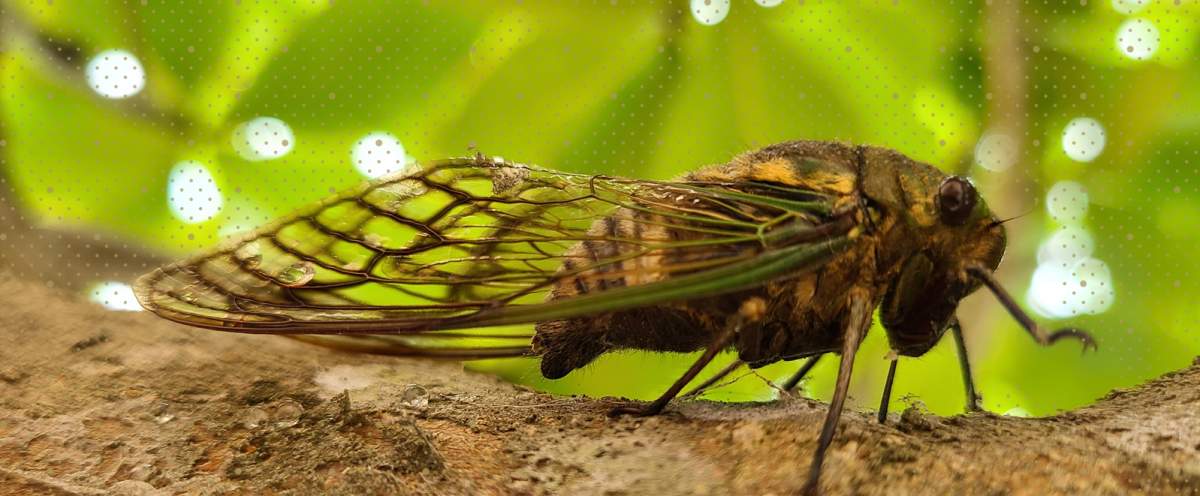
While most small insects and mammals urinate in droplets, cicadas urinate in jets. Researchers from the School of Chemical and Biomolecular Engineering say the finding could be used to create better robots and small nozzles.
Cicadas are the soundtrack of summer, but their pee is more special than their music. Rather than sprinkling droplets, they emit jets of urine from their small frames. For years, Georgia Tech researchers have wanted to understand the cicada’s unique urination.
Saad Bhamla, an assistant professor in the School of Chemical and Biochemical Engineering, and his research group hoped for an opportunity to study a cicada’s fluid excretion. However, while cicadas are easily heard, they hide in trees, making them hard to observe. As such, seeing a cicada pee is an event. Bhamla’s team had only watched the process on YouTube.
Then, while doing fieldwork in Peru, the team got lucky: They saw numerous cicadas in a tree, peeing.
This moment of observation was enough to disprove two main insect pee paradigms. First, cicadas eat xylem sap, and most xylem feeders only pee in droplets because it uses less energy to excrete the sap. Cicadas, however, are such voracious eaters that individually flicking away each drop of pee would be too taxing and would not extract enough nutrients from the sap.
“The assumption was that if an insect transitions from droplet formation into a jet, it will require more energy because the insect would have to inject more speed,” said Elio Challita, a former Ph.D. student in Bhamla’s lab and current postdoctoral researcher at Harvard University.